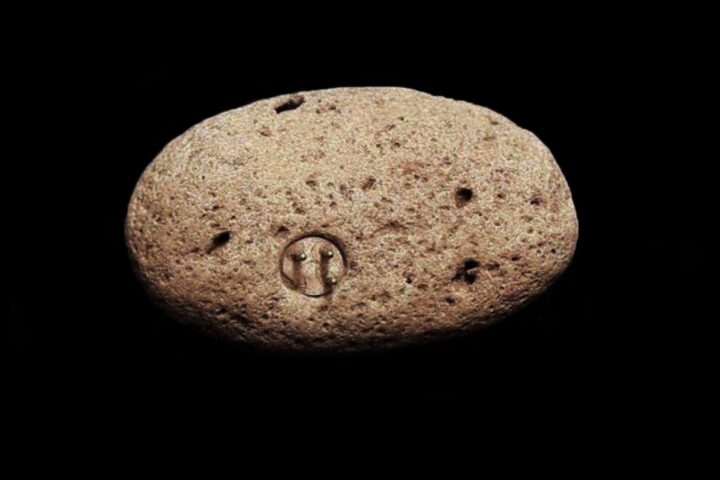In the shadowy depths of history, where ancient civilizations whispered their stories into the sands of time, the Sumerians of Mesopotamia etched their legacy into the very earth itself. Long before the invention of paper, these ingenious people recorded their thoughts, transactions, and myths on clay tablets, using a script as mysterious as it is ancient: the cuneiform.
The Enigma of Cuneiform: A Language Lost in Time
Imagine a language so unique that it bears no kinship with any other tongue, a linguistic orphan lost in the annals of time. This is the ancient Sumerian language, emerging around 3100 BCE in the heart of Mesopotamia. Though its spoken form faded into the echoes of history, its written legacy lingered much longer, inscribed on the enduring clay tablets.

The Dawn of Writing: From Tokens to Tablets
Tracing the evolution of writing, we uncover a transformation from simple pictograms to complex scripts. Initially, the Sumerians used clay tokens to represent trade goods, a primitive but effective accounting system. As time marched on, they realized that inscribing these symbols directly onto clay was far more efficient, giving birth to the cuneiform script.

The Chronicles of Clay: Preserving History
These ancient tablets, more resilient than paper, have survived the relentless march of millennia. Each tablet is a time capsule, offering a glimpse into a civilization that laid the foundations of our own. Some were sun-dried, while others were hardened in kilns, unintentionally or in the aftermath of a fire, adding to their durability and mystery.

Discovering the Tablets: A Treasure Trove of History
Across Mesopotamia, archaeologists have unearthed these ancient artifacts, some in small caches, others in vast hoards. These tablets speak not just in Sumerian but in the tongues of other civilizations that rose and fell in this cradle of humanity, like the Akkadians, whose language briefly overshadowed but ultimately preserved Sumerian script.

Deciphering the Past: The Challenge of Translation
The journey to unravel the secrets of these tablets began in the 19th century, with the decipherment of Old Persian, a key that unlocked the cuneiform script. This breakthrough led to a domino effect, culminating in the recognition of Sumerian as a distinct and isolated language, a puzzle for linguists and historians alike.

Beyond Commerce: The Literary Legacy
While initially serving mundane purposes, cuneiform evolved to capture not only commerce but also the rich tapestry of Sumerian culture, from their complex religious beliefs to their pioneering literary works, like the epic tales of Gilgamesh, a saga etched in both Sumerian and Akkadian.
Conclusion: The Enduring Echoes of Sumer
Though the Sumerian civilization faded, its influence endures in these clay tablets, silent yet eloquent witnesses to a world long vanished. As scholars continue to decipher these ancient texts, we inch closer to unraveling the mysteries of a civilization that, in many ways, shaped our own.










